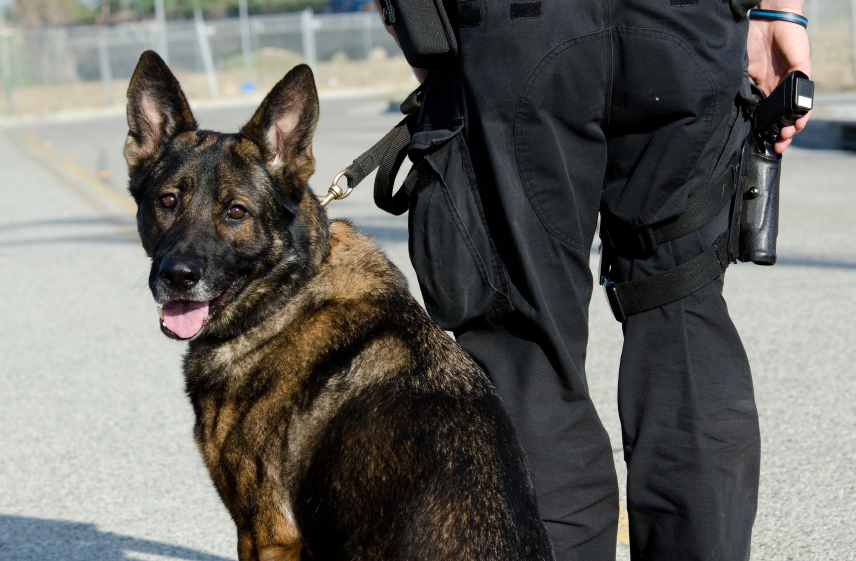Crucial Pet Dog Training Methods for a Lifetime of Excellent Habits
Efficient pet training is foundational to promoting a well-behaved buddy that enhances our lives. Important methods, such as positive support and constant command training, not only enhance obedience but additionally reinforce the bond in between owner and animal. Furthermore, comprehending canine habits and employing socialization techniques can avoid possible problems prior to they arise. However, the trip does not finish with basic commands; addressing behavior obstacles calls for a nuanced strategy that many neglect. What are the crucial components that can change your training experience and guarantee long lasting results?
Recognizing Dog Actions

Moreover, recognizing the natural reactions and drives of a pet-- such as target drive, social communications, and territorial actions-- makes it possible for instructors to expect and handle certain actions. A dog with a strong prey drive might call for various strategies than one that is much more socially inclined.
Furthermore, very early socializing and exposure to different atmospheres substantially affect a pet dog's habits and personality. Favorable experiences throughout crucial developing periods can result in well-adjusted grown-up pets, whereas negative experiences may lead to stress and anxiety or hostility.
Favorable Reinforcement Techniques
Among the different canine training methods, favorable support approaches stand out for their effectiveness and ability to strengthen the bond between dog and trainer (Ohana K9 Academy). This strategy highlights rewarding desired behaviors as opposed to penalizing unwanted ones, fostering a more participating and relying on connection
Positive reinforcement can take lots of kinds, consisting of treats, praise, toys, or play. The trick is to provide immediate benefits when the pet shows the desired behavior, enabling them to make the link in between the activity and the favorable end result. For instance, if a canine rests on command, providing a treat as soon as possible enhances that actions, making it more probable to be repeated.
Uniformity is vital in favorable reinforcement training. Trainers ought to utilize the exact same cues and rewards to stay clear of perplexing the dog. Additionally, varying the benefits can maintain the canine's passion and inspiration, transitioning from frequent treats to occasional appreciation wikipedia reference or play as the pet masters the behavior.

Standard Command Training
Building on the structure developed through favorable reinforcement methods, standard command training functions as a vital action in creating an accommodating pet. This training usually encompasses essential commands such as "rest," "stay," "come," and "down - Ohana K9 Academy." Each command plays an essential function in promoting effective communication in between the pet dog and its owner, improving the overall bond
To initiate standard command training, select a peaceful atmosphere totally free from distractions. Begin with brief, focused sessions lasting no more than 5 to 10 mins to maintain your pet dog's attention. Use high-value treats as benefits, making certain the canine links appropriate actions with positive outcomes. When showing a command, make use of a clear, consistent spoken cue gone along with by hand signals to reinforce understanding.
Patience is important; pets may require many reps to understand commands totally. Gradually enhance the intricacy by presenting variations or diversions as soon as your pet dog reliably reacts. Routine practice enhances learned commands, solidifying them in your dog's habits repertoire. Eventually, fundamental command training not only cultivates obedience however additionally enhances safety and security and helps with delightful communications during walks and playtime, laying the groundwork for more innovative training strategies in the future.
Socialization Strategies
In the world of dog training, socializing methods are important for cultivating a well-adjusted and confident canine friend. Reliable socialization involves revealing your pet dog to a variety of settings, individuals, and other pets in a regulated and see this positive fashion. The main objective is to aid your pet dog develop a comfort degree with diverse experiences, which can significantly lower anxiety and anxiety in strange circumstances.
Begin socialization throughout the important developmental window of 3 to 14 weeks, when pups are most responsive to new experiences. Present your pet dog to different settings, such as parks, city areas, and homes with other pet dogs. Ensure these experiences are favorable by making use of treats and praise to enhance excellent actions.
Group training classes are an exceptional way to reveal your canine to various other dogs and individuals in an organized atmosphere. This enables supervised communications, aiding your canine find out appropriate social hints. Normal trips and playdates with genteel canines can better enhance social abilities.
Dealing With Behavioral Issues
Resolving behavior issues in dogs is a vital aspect of training that this content calls for an organized technique and understanding of canine habits. Common issues such as barking, eating, aggression, and anxiety can stem from various factors, consisting of lack of socializing, insufficient workout, and even clinical worries.

Additionally, developing an organized regimen that consists of routine exercise and mental excitement can dramatically alleviate behavior concerns. For circumstances, interactive playthings can maintain a pet dog engaged and reduce devastating propensities. In instances of extreme aggressiveness or stress and anxiety, talking to a professional canine trainer or a vet behaviorist might be needed.
Conclusion
In conclusion, effective pet dog training techniques, consisting of positive reinforcement, standard command training, and socialization, are vital for cultivating great behavior throughout a dog's life. Dealing with behavioral concerns with a methodical approach not just boosts obedience but also enhances the bond in between dogs and their owners.